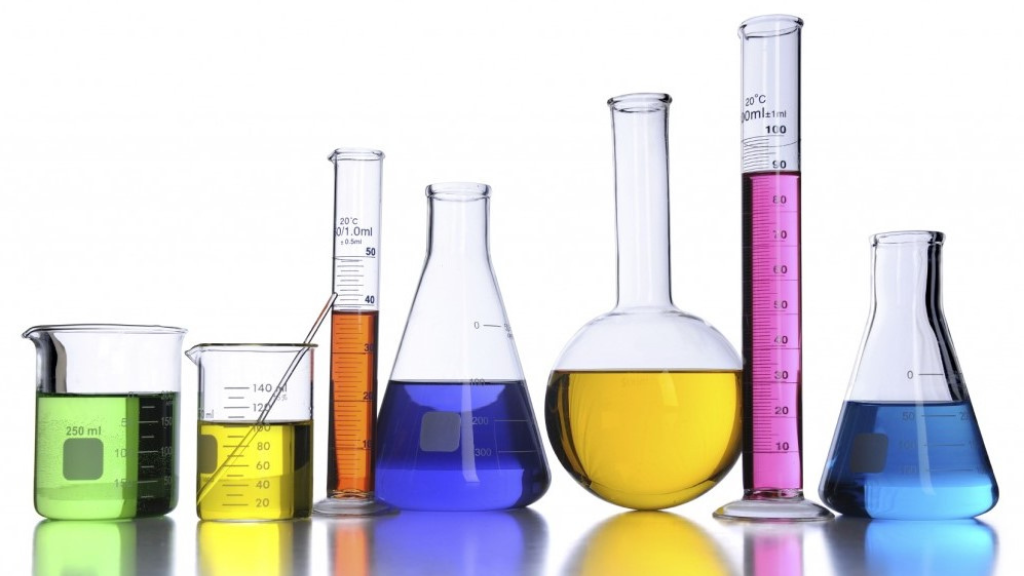When you step into a laboratory, it's likely that you'll be confronted with the same essential tools used for experiments and testing. Below is an overview of the commonly used apparatus. In this Blog we are going to see about 5 most commonapparatus along with an explanation of their purpose and usage.
- Safety goggles and safety
equipment
- Beakers
- Erlenmeyer flasks or conical
flasks
- Florence flasks, or boiling
flasks
- Test tubes, tongs, and racks
- Watch glasses.
- Crucibles
- Funnels
- Graduated cylinders.
- Volumetric flasks
- Droppers
- Pipettes
- Burets
- Ring stands, rings, and clamps.
- Tongs and forceps
- Spatulas and scoopulas
- Thermometers
- Bunsen Burners
- Balances
In the average lab, beakers are essential
pieces of equipment. Used for mixing, stirring, and heating chemicals, these
containers play an indispensable part in experiments.
Beakers are often used to store and hold
liquids, and many of them have a lip around the edge as well as markings
indicating the amount it can contain. Although these markings are useful in
providing an approximate measurement, they are not entirely reliable for exact
measurements.
Beakers are available in many volumes from
25 ml to 10000 ml.
The Erlenmeyer flask or conical flask is a
laboratory apparatus that has been around since 1861, when it was invented by
its namesake. This unique vessel features a distinctive conical shape, with a
narrow neck that gradually widens towards the base.
However, this design serves more than just
an aesthetic purpose. Flasks have a distinctive shape, designed to make the
most of their use. With a narrow opening, they are perfect for swirling and
mixing liquid contents with minimal risk of spillage - ideal for those clumsy
moments!
It can easily be clamped to a ring stand
(discussed below) as well as heated or shaken mechanically.
Liquid volume can be accurately measured
with the help of a graduated cylinder. Along the length of the container,
markings are spaced to indicate specific graduations, allowing for precise
readings. It is important to fill fluids into the graduated cylinder correctly
in order to get an accurate reading.
Upon turning your gaze to the graduated
cylinder, you may first be struck by how the liquid inside appears to be
curved. Indeed, upon closer inspection, it is easy to observe that the surface
of the liquid has an indentation in its shape known as the meniscus, you must
ensure that it is lined up with the nearest marking and that the cylinder
maintains a level position.
Volumetric flasks are essential lab
equipment often used in science experiments and to measure precise volumes of
liquid. Typically, they are shaped with round bodies and long necks, as well as
flat bottoms which add stability.
Have you ever noticed a small line on the
neck of a bottle? This handy little indicator is used to determine how full the
bottle should be filled - typically, the bottom of the meniscus should be
aligned with the line. But such precision requires more than just good
eyesight!
It is essential to be aware of the
connection between temperature and volume when working with liquids. Changes in
temperature can have a substantial impact on the amount of liquid present, so
it is important to use substances which are not prone to fluctuations in
temperature.
Test tubes have been an essential tool for
scientists since the late 1800s. These glass tubes feature one open end and
another that is closed off, usually in the form of an arc. Test tubes are
perfect for storing small samples due to their size and shape.
They are primarily used for qualitative
assessment and comparison of any elements. It is commonly used in chemistry
or in the biochemistry lab.
Test tubes provide a valuable service in
the scientific community, particularly in cases where multiple samples must be
examined and evaluated, and they are also easily capped with a rubber or
glass stopper.
Note: Do not
heat the capped test tubes.




Share this via
Or copy link